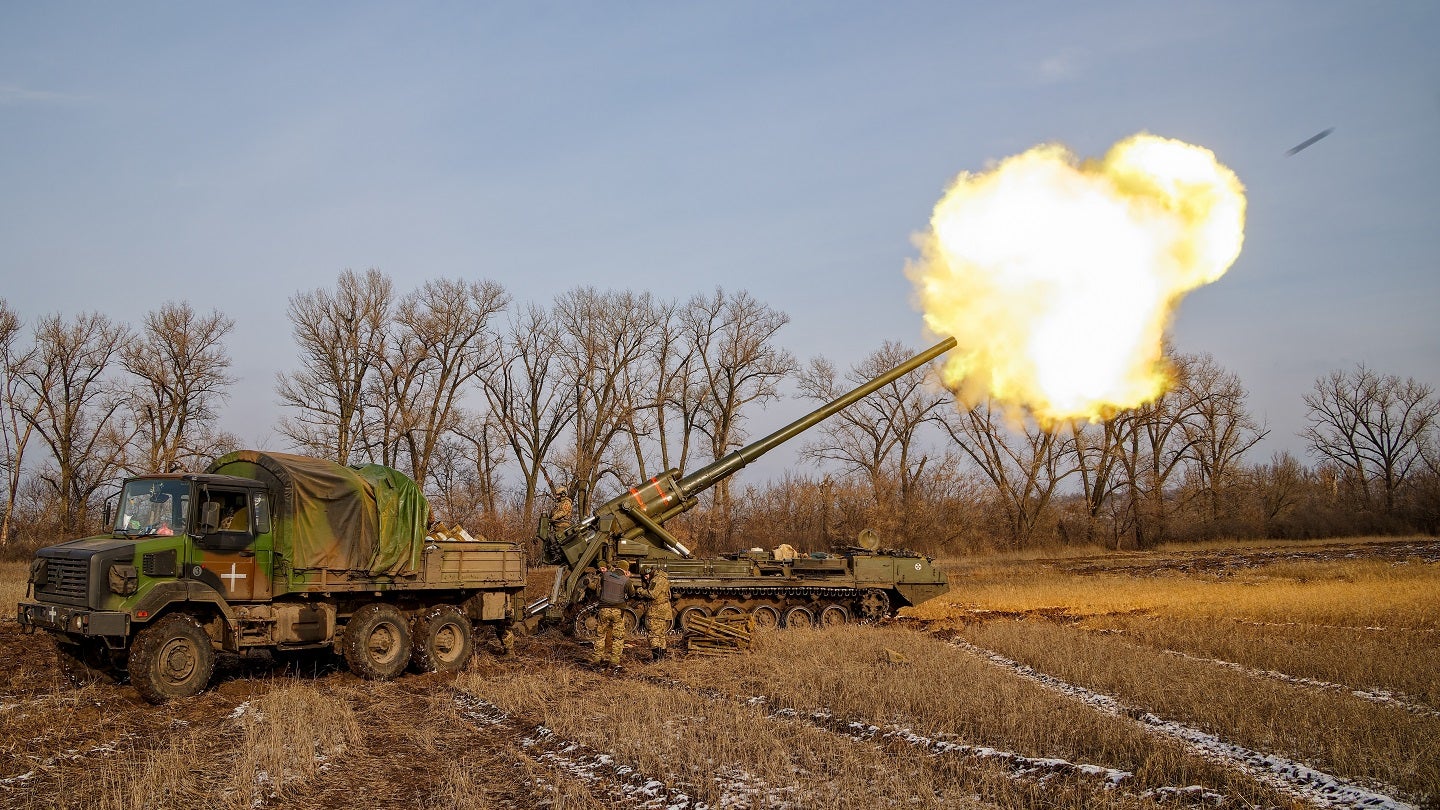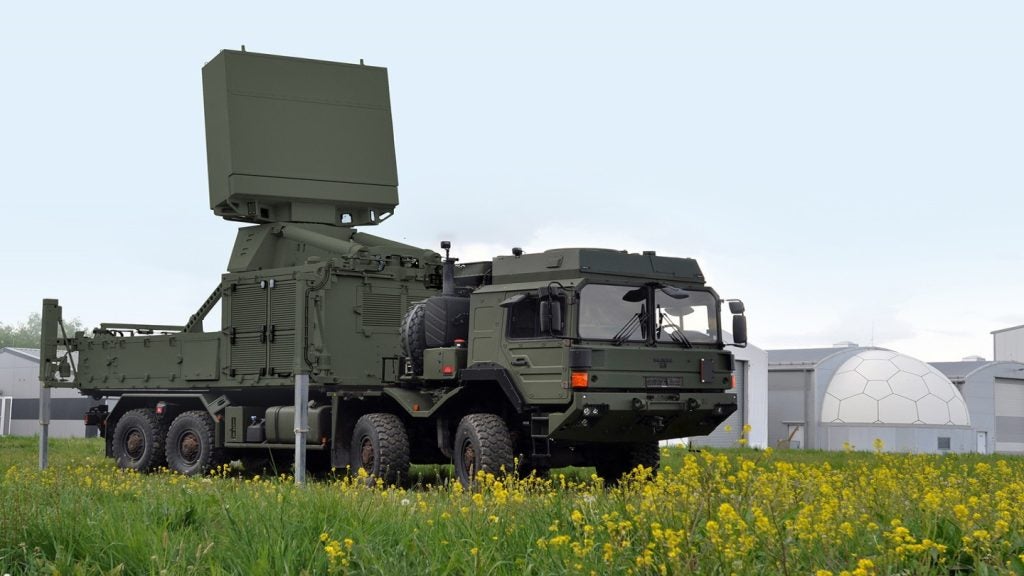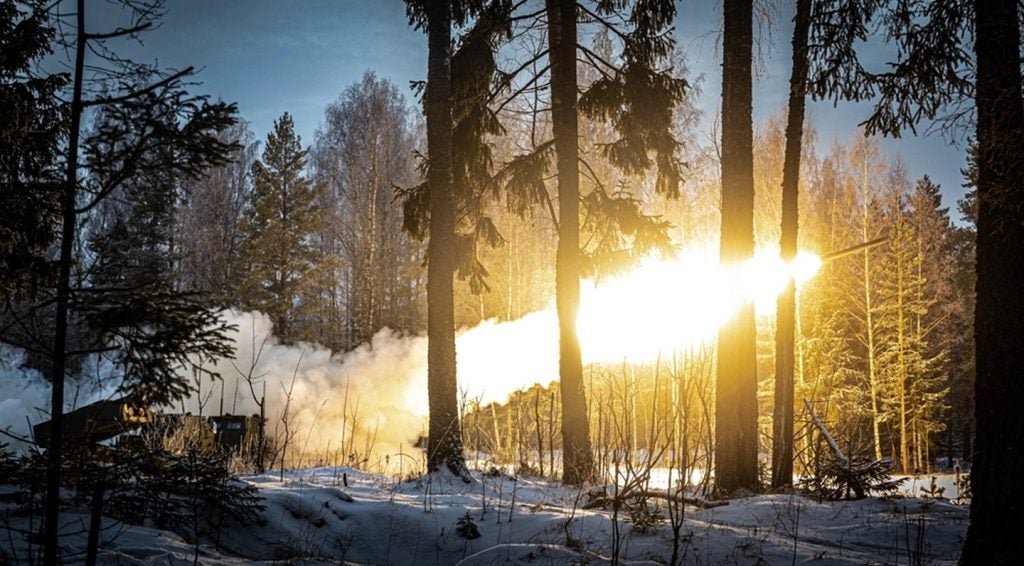
More than 560 days since the large-scale invasion of Ukraine by Russia, with both sides having sustained hundreds of thousands of human and materiel casualties and slow progress being made in Kyiv’s long-awaited counteroffensive in the southeast, a definitive end to hostilities in the Ukraine-Russia war remains elusive.
From the early provision of anti-tank munitions, such as the UK’s NLAW, to the subsequent arming of the Ukrainian military under a combined armed doctrine to include artillery, guided rockets, armoured personnel carrier, infantry fighting vehicles, and main battle tanks, to Kyiv, the conflict has seen ever-greater commitments from Nato in its support of Ukraine’s fight against Russia.
Significant quantities of Western-provided armoured vehicles, such as the US Bradley IFVs and European Leopard 1 and Leopard 2 tanks, have been destroyed in the early phases of Ukraine’s counteroffensive as it tried to implement a traditional combined-arms approach. The first of the UK’s Challenger 2 tanks provided to Ukraine was also recently destroyed, immobilised in a mine strike and subsequently destroyed by a Russian loitering munition.
How well do you really know your competitors?
Access the most comprehensive Company Profiles on the market, powered by GlobalData. Save hours of research. Gain competitive edge.

Thank you!
Your download email will arrive shortly
Not ready to buy yet? Download a free sample
We are confident about the unique quality of our Company Profiles. However, we want you to make the most beneficial decision for your business, so we offer a free sample that you can download by submitting the below form
By GlobalDataUkraine’s military appears to have returned to what it knows best, dismounting personnel to mitigate the impact of Russia’s huge minefields created in southeastern areas of the country.
However, despite incremental progress achieved by the Ukrainian military in its summer/autumn counteroffensive, with apparent breakthroughs near Robotyne of the first layers of Russia’s defensive lines, the focus for Western support appears to be moving forward to one of containment as recent commitments lean more towards the provision of artillery shells and ammunition, than armoured vehicle replacements.
The latest US Department of Defense (DoD) security assistance package announcement on 9 September, worth up to $600m, includes additional ammunition for the HIMARS guided rocket system, 105mm artillery rounds, equipment to sustain and integrate Ukraine’s air defence systems, electronic warfare and counter-electronic warfare equipment, demolition munitions for obstacle clearing, and mine clearing equipment.
A previous announcement on 6 September, worth up to $175m, included HIMARS ammunition, 155mm and 105mm artillery rouds, 81mm mortar systems and rounds, 120mm depleted uranium tank ammunition, Tube-Launched Optically-Tracked Wire-Guided (TOW) missiles, Javelin and AT-4 anti-armour systems, and over three million rounds of small arms ammunition.
The next most recent announcement, on 29 August, committed HIMARS ammunition, 155mm and 105mm artillery rounds, TOW missiles, Javelin and other anti-armour systems and rockets, Hydra-70 rockets, and over three million rounds of small arms ammunition. A 14 August announcement disclosed the supply of 105mm and 155m artillery shells, along with HIMARS ammunition, to Ukraine.
Not since 25 July, where the DoD committed to the provision of 32 Stryker armoured vehicles, has there been any mention of armour provision to Kyiv. An earlier $1.9bn commitment again made no mention of armour, focussing on artillery ammunition and air defence missile systems.
In context, these commitment have come in a period of some of the most intense combined arms armour operations seen in Europe since the Second World War.
The scale of loss in a state-on-state combat operations
Reporting around the one-year anniversary of Russia’s large-scale invasion put combined losses at around 300,000 human military casualties, with GlobalData analysis indicating that up to December 2022, the combined Ukraine-Russia equipment loss was ten times that sustained during Moscow’s cumulative loss during both Chechen Wars in the 1990s and early 2000s, with over 11,000 systems destroyed.
Western officials recently put Russia’s personnel losses, those killed in action and wounded, at around 270,000, representing a huge portion of the country’s one-million-plus army. Tens of thousands of Russian citizens have been mobilised to plug gaps in the lines and constitute units have that been decimated through full-scale combat operations.
As of 5 September, Ukraine was claiming the that its forces had destroyed more than 20,000 pieces of Russian military equipment, ranging from main battle tanks, artillery, guided rocket launchers, infantry fighting vehicles, as well as thousands of tactical level uncrewed aerial vehicles.
Despite successfully stopping the Russian advance through to Kyiv and managing to hold Moscow’s advance in the south and east of the country and the provision of combined Nato and supporter nation equipment donations worth tens of billions of dollars, Ukrainian forces have made slow progress during their ongoing summer counteroffensive.
Ukrainian personnel losses are thought to be similar to those of Russia’s, with around 100,000 casualties sustained in the first year of operations. However, recent months will have been more attritional, with a corresponding increase in losses of personnel and materiel.
The nature of Ukraine’s advance near Robotyne, where its forces have broken through the dense network of Russian minefields, offer a positive note that its political leaders can take to capitals in Europe and North America when it comes to maintaining Western support.
External factors to Ukraine-Russia war
There is concern that war fatigue could set in among European capitals, with military stockpiles already hugely reduced, leaving little capacity left to renew previous commitments of armoured vehicles and other war materiel. Already, the EDA has committed to a continent-wide manufacturing plan of 155mm artillery shells to renew stockpiles, with tens of thousands of shells having previously been committed to Ukraine by European countries.
The UK is also thought to be undergoing an intensive programme of munition replenishment, focusing on artillery shells, and systems such as the NLAW anti-tank missile. Across Europe, industry has struggled with the reality of military demand that a state-on-state war puts on its complex, with capacity issues and Covid-related supply chain issues hampering production.
Russian President Vladmir Putin will also be eyeing the 2024 US presidential election, with the prospect of a return of former president Donald Trump, whose mistrust of multinationalism and alliances such as Nato, resulting in the negation of support to Ukraine from Washington. The US has committed by far the most in terms of finances and resources to Ukraine (valued in excess of $43bn), although it has leaned heavily on its European Nato partners to fulfill the provision of ‘escalatory’ weapon systems such as cruise missiles, tanks, and F-16 fighters.
There is likely concern in European capitals regarding the outcome of next year’s US elections, far more so than those due in the UK, where the opposition Labour Party has committed itself to Ukraine’s cause should it be returned to power in the 2024 General Election. By the end of 2023, the UK will have committed some £4.6bn ($5.74bn) in support to Ukraine, and hollowed out its own land force structure in the process.
The end game for Russia, apparently unable to inflict an immediate regime change in Kyiv and install its own puppet authority, will likely be centred onto holding onto what it has, in the hope of political tides turning its way in 2024, and the grudging acceptance among Western countries that it’s annexation of occupied areas of Ukraine creates a new de-facto border.
Pledged US Abrams M1A1 tanks have also still not arrived in theatre, despite the commitment being made at the start of the year and even then, watered down from providing the more advanced A2 variant. Barring a general collapse of Russian forces along the front, Western allies appear to have accepted that the 19-month-long war will still be running by the time dawn breaks on 2024.
For the Western allies, key questions will then dictate the likely outcome of the war, including the US elections, the will of a European population struggling with inflation and rising prices caused by the conflict, and whether Nato can again re-equip and re-arm Ukraine with the platforms it needs to embark on a 2024 offensive.
With combined military losses potentially in the 400,000 area, and two militaries devastated through months of full-scale combat operations, the measure of support each can extract from allies – Ukraine leaning west to Europe and the US, Russia eastwards to China, Iran, and North Korea – will be the determining factor in 2024 should Kyiv be unable to force a strategic breakthrough and defeat of Moscow this year.






